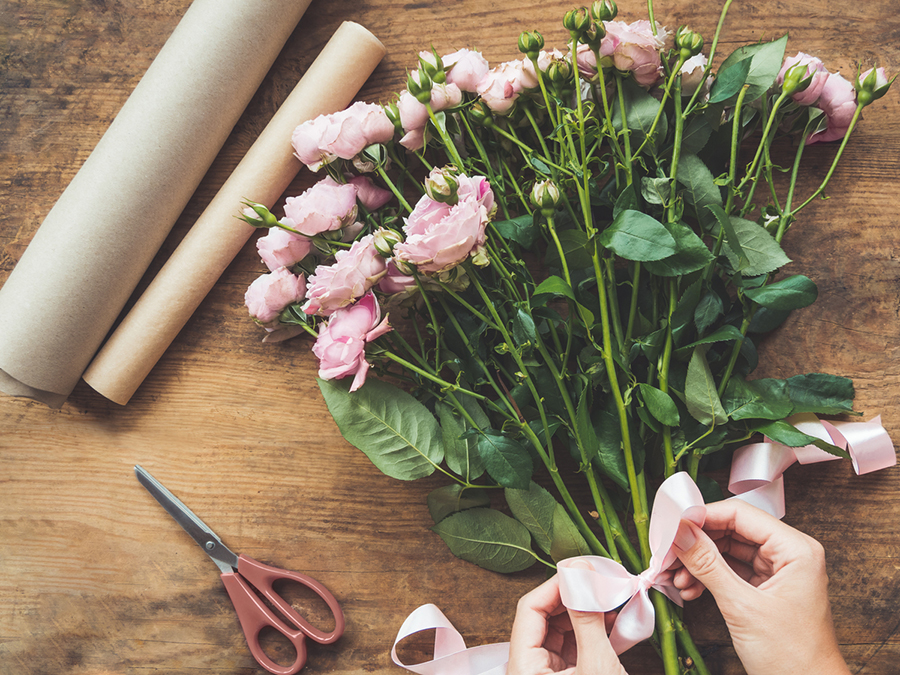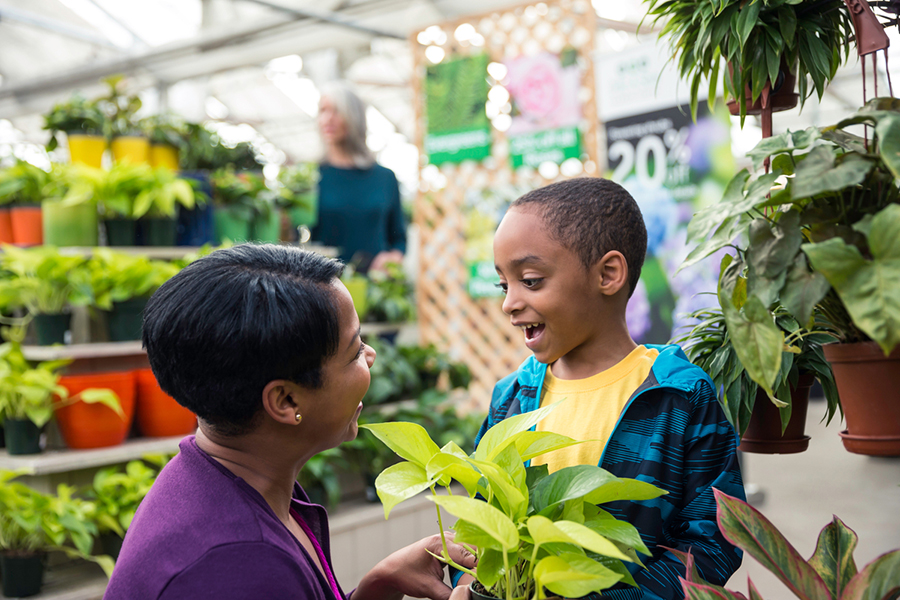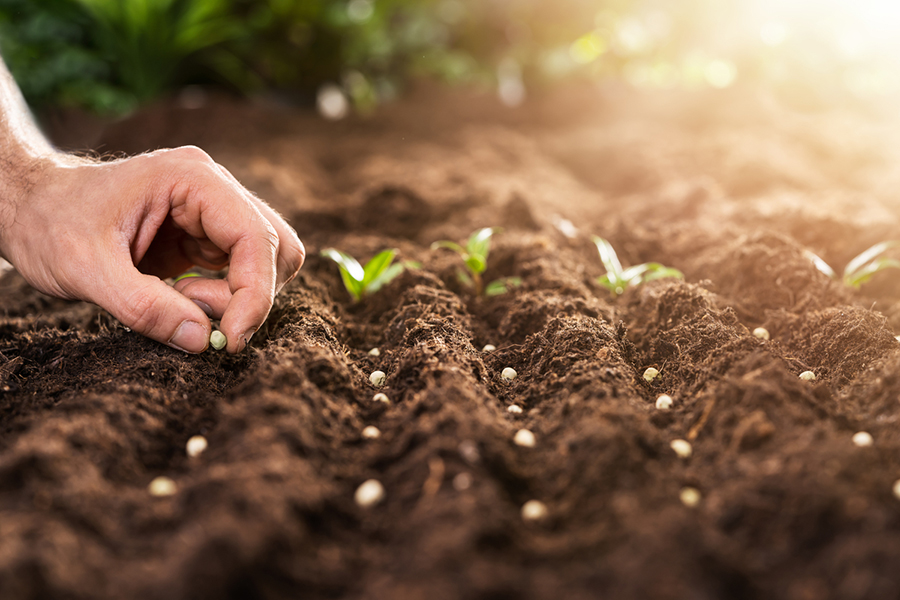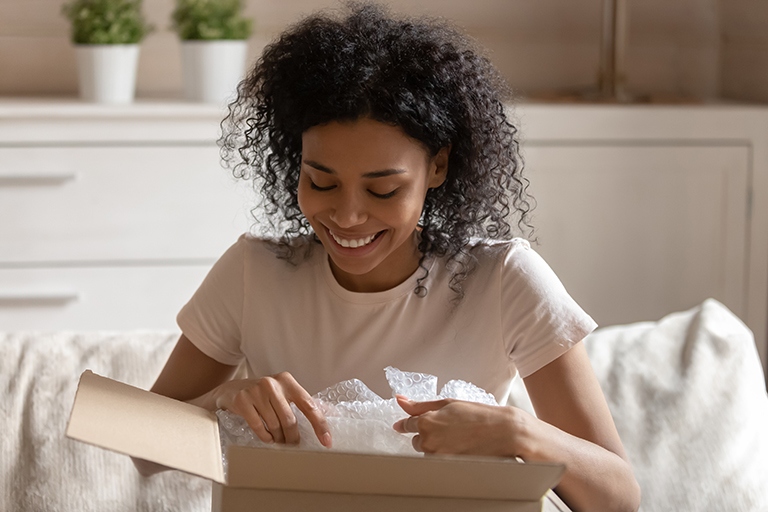How To Ship Flowers
From floral arrangements to plants and seedlings, we share expert tips for packing and shipping different types of blooms without causing any damage.
Whether it’s a birthday celebration or a simple gesture of affection, sending flowers is a timeless way to connect with someone special. Here are some simple packing and shipping tips to ensure your blooms arrive at your recipient’s doorstep fresh and fragrant.
Step 1: To prevent your floral arrangement from shifting during shipment, secure it inside a box. You can use cable ties or bands attached either to the box itself or to an internal insert.
Step 2: If you're sending a vase along with the flowers, make sure it's secured within the box as well. We recommend using a corrugated divider to create a barrier between the vase and the flowers.
Step 3: If the vase is fragile, add extra cushioning materials to protect from damage during transit.
Step 4: Remember that it's important to ship vases and containers without water. Shipping with water is prohibited because it may leak during transit, and cause product damage or safety issues.
RELATED: Download FedEx’s ultimate packing guide here
How to ship floral arrangements
Step 1: To prevent your floral arrangement from shifting during shipment, secure it inside a box. You can use cable ties or bands attached either to the box itself or to an internal insert.
Step 2: If you're sending a vase along with the flowers, make sure it's secured within the box as well. We recommend using a corrugated divider to create a barrier between the vase and the flowers.
Step 3: If the vase is fragile, add extra cushioning materials to protect from damage during transit.
Step 4: Remember that it's important to ship vases and containers without water. Shipping with water is prohibited because it may leak during transit, and cause product damage or safety issues.
RELATED: Download FedEx’s ultimate packing guide here

How to ship orchids
Step 1: Fragile by nature, orchids demand special packing during shipment.
Step 2: If you are sending multiple orchids, make sure to secure their pots in the shipping carton, and keep each orchid separated. There should be enough space to prevent them from touching during transit. Any contact between the plants’ blooms and leaves can lead to damage.
Step 3: For added protection during shipment, consider wrapping the blooms and leaves in paper.
Step 4: As tropical flowers, orchids are also sensitive to cold temperatures. If you’re shipping them to a colder climate, use packaging that is specifically designed to insulate the flowers and safeguard them from temperature fluctuations during transport.

How to ship plants
Step 1: Securing plants during shipment is crucial to prevent damage, as any movement inside the shipping box can lead to broken stems and crushed leaves. To address this, we recommend using a corrugated divider that effectively locks the pot in place within the box.
Step 2: It’s also essential to contain the soil in the pot. To do this, place the pot in a plastic bag, securely fastening the top opening of the bag around the plant's stem.
Step 3: For plants lacking a single main stem, we suggest placing paper between the leaves and over the soil, securing it to the pot for added protection.

How to ship plant seedlings and plugs
Step 1: Take special care with fragile plant seedlings and plugs, which can be difficult to secure in shipping cartons. You can use a corrugated tray with a top pad that gently presses against the seedlings or plugs, securing them within their plastic trays during shipment.
This method is most effective for leafy seedlings and plugs and recommended for tall and spindly plant material.
Step 2: For additional security, you can place plastic mesh over the plant plugs.
Step 3: Consider the moisture content of the soil before shipping and make sure it’s just right. Excessively dry soil increases the risk of plugs spilling out of the plastic tray. Overly wet soil can weaken the corrugated tray.
Step 4: It’s normal for some soil to sift out of the tray and some plugs to be dislodged during transit. This is because it’s impossible to secure plant plugs individually within the tray, so plan your shipment accordingly and manage your expectations.
RELATED: Our complete guide to shipping plants and flowers

How to ship flowers in bulk
Step 1: For shipping bulk flowers, use telescoping boxes that adjust to the size of your plant material. Ideally, you should keep these boxes under 97cm long, 61cm high and 66cm wide.
Step 2: To prevent the flowers from shifting inside the box, use lateral cleats or bands.
Step 3: Go for corrugated shipping cartons constructed with special moisture-resistant adhesive. Moisture resistance is crucial here because when the box is precooled, temperature and humidity changes can weaken it.
Step 4: Lastly, to secure the box, avoid using string or twine. Your best bet would be to use tape. Straps, while usable, tend to loosen during shipment and may compromise the closure of the box.
***


















 The Latest
The Latest